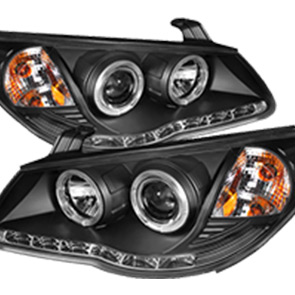changing gear cable
Changing Gear Cable A Comprehensive Guide
As a cyclist, ensuring your bike operates smoothly is crucial for an enjoyable riding experience. One of the vital components of your bike's drivetrain system is the gear cable. Over time, gear cables can wear out, fray, or become sluggish, hindering your ability to shift gears efficiently. Changing your gear cable is a straightforward task that any bike owner can accomplish with some basic tools and a bit of patience. In this article, we will guide you through the process of changing your gear cable, highlighting important tips and techniques to ensure the task is completed effectively.
Understanding Gear Cables
Before diving into the change process, it's essential to understand what gear cables are and their role in your bike. Gear cables transfer your input from the gear shifters to the derailleur. When you twist the shifter, the cable moves the derailleur, which, in turn, shifts the chain across the gears. A worn or damaged cable can lead to poor shifting performance, causing you to miss shifts or struggle to change gears altogether.
Tools Needed
To change your gear cable, you will need the following tools
1. Hex Wrenches Typically, a 5mm and a 4mm hex wrench are required. 2. Cable Cutters A pair of cable cutters will help you snip the old cable and trim the new one. 3. Screwdriver A flat-head or Phillips screwdriver may be necessary, depending on your bike's components. 4. New Gear Cable Make sure to purchase the appropriate type of cable for your bike, whether it's road or mountain bike specific. 5. Cable Housing (optional) If your cable housing is frayed or damaged, replace it while you’re at it.
Steps to Change the Gear Cable
Step 1 Preparation
Start by shifting your bike into the smallest gear on the cassette. This position relieves tension on the cable, making it easier to replace. If you have gear indicators, take note of the gear positions for reference.
Step 2 Remove the Old Cable
changing gear cable

Using a hex wrench, loosen the bolt that secures the gear cable to the derailleur. Once the bolt is loose enough, pull the cable out of the derailleur. Next, locate the cable anchor at the shifter and use your screwdriver to remove it. Carefully pull the cable out through the housing. If you notice any fraying or damage on the housing, consider replacing it as well.
Step 3 Install the New Cable
Take your new gear cable and thread it through the housing from the shifter side. Make sure it's long enough to reach the derailleur comfortably. Attach the cable to the shifter, securing it in place. Leave a bit of slack for adjustments later.
Step 4 Connect to the Derailleur
Feed the new cable's end through the derailleur's anchor point. Pull it taut, ensuring there are no twists or kinks in the cable. Tighten the cable anchor bolt with your hex wrench to secure the cable properly.
Step 5 Adjusting Cable Tension
Once the cable is connected, it's time to adjust the tension. Shift through all the gears to see if they engage smoothly. If the shifting is too tight or too loose, you may need to adjust the barrel adjuster located on the shifter or derailleur until the shifting is precise.
Step 6 Final Checks
After you've made your adjustments, take your bike for a quick test ride to evaluate the performance of your newly installed gear cable. Pay attention to how smoothly the gears shift. If needed, make further adjustments to ensure optimal function.
Conclusion
Changing your gear cable is a simplistic yet essential skill for any cycling enthusiast. Regular maintenance will not only enhance your riding experience but also prolong the lifespan of your bike’s components. By understanding the process and following these steps, you can ensure your bike remains in top-notch condition for all your cycling adventures. So, gather your tools, follow the guide, and enjoy the ride!
-
Workings of Clutch Pipe and Hose SystemsNewsJun.04,2025
-
The Inner Workings of Hand Brake Cable SystemsNewsJun.04,2025
-
The Secrets of Throttle and Accelerator CablesNewsJun.04,2025
-
The Hidden Lifeline of Your Transmission Gear Shift CablesNewsJun.04,2025
-
Demystifying Gear Cables and Shift LinkagesNewsJun.04,2025
-
Decoding Clutch Line Systems A Comprehensive GuideNewsJun.04,2025
